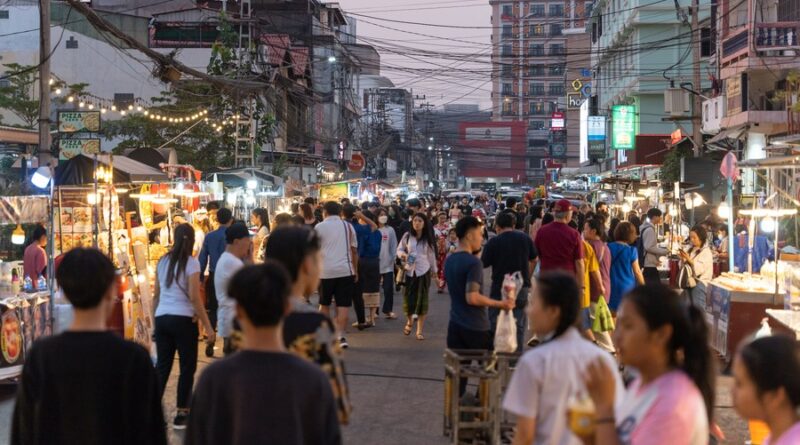Laos is in the Middle Stage of a Demographic Transition
Source: Vientiane Times
Laos is in the middle stage of its demographic transition, and achievements in health, including sexual and reproductive health (SRH), have resulted in a significant drop in mortality and fertility, shaping a rapid age structural transition.
There are also positive trends in key indicators such as the contraceptive prevalence rate (CPR). According to the Lao Social Indicator Survey (LSIS II), the use of modern contraceptive methods among married women aged 15-49 has increased from 42 percent in 2011 to 49 percent in 2017.
The adolescent birth rate has fallen from 94 for every 1,000 adolescent girls in 2011-12 to 83 per 1,000 in 2017. As a result, Laos now benefits from a sizable adolescent and young population, creating a one-time demographic window of opportunity that can drive higher economic growth if adequate investments are made in human capital development.
On August 3, the Deputy Minister of Planning and Investment (MPI), Mrs. Phonvanh Outhavong, opened a meeting to commemorate World Population Day, an annual event observed on July 11 every year that seeks to raise awareness of global population issues.
The event, which was attended by the United Nations Population Fund’s (UNFPA) Representative, Dr. Bakhtiyor Kadyrov, was meant to mobilize support for and accelerate the implementation of the National Population and Development Policy (NPDP) for 2019-30, and the International Conference on Population and Development (ICPD) Programme of Action in Laos.
The theme of this year’s World Population Day, “Reaching 8 million: Rights and choices for Laos to realize human capital and demographic dividend”, conveys the sense that now is the perfect time to catalyze informed deliberations around population dynamics in the lead-up to the country reaching a population of 8 million in 2027.
Within the context of the demographic shift, Laos is also facing challenges, particularly an economic slowdown, which can affect human capital financing and hamper the realization of the demographic dividend.
This could lead to increasing vulnerabilities and demographic loss for Laos. Hence the joint efforts for promoting sexual and reproductive health and rights, empowering women and girls, investing in education and skills development, including comprehensive sexuality education, and building demographic resilience are of utmost importance.
On this occasion, MPI and UNFPA launched the “State of World Population Report 2023: 8 Billion Lives, Infinite Possibilities – The Case for Rights and Choices”, which discusses the population milestone of 8 billion and the narratives surrounding population change. In particular, there was an intense focus on discourses that put forward ideas of “too many” or “too few” people and the harm this can cause women and girls whose reproductive choices are on the line.
The event concluded with discussions on possibilities for taking advantage of the demographic shift and harnessing the demographic dividend in Laos while ensuring the rights and choices of people. It also called for immediate investments in human capital, especially for women and girls, youngsters, and those left behind.
Photo by Kaikeo Saiyasane



